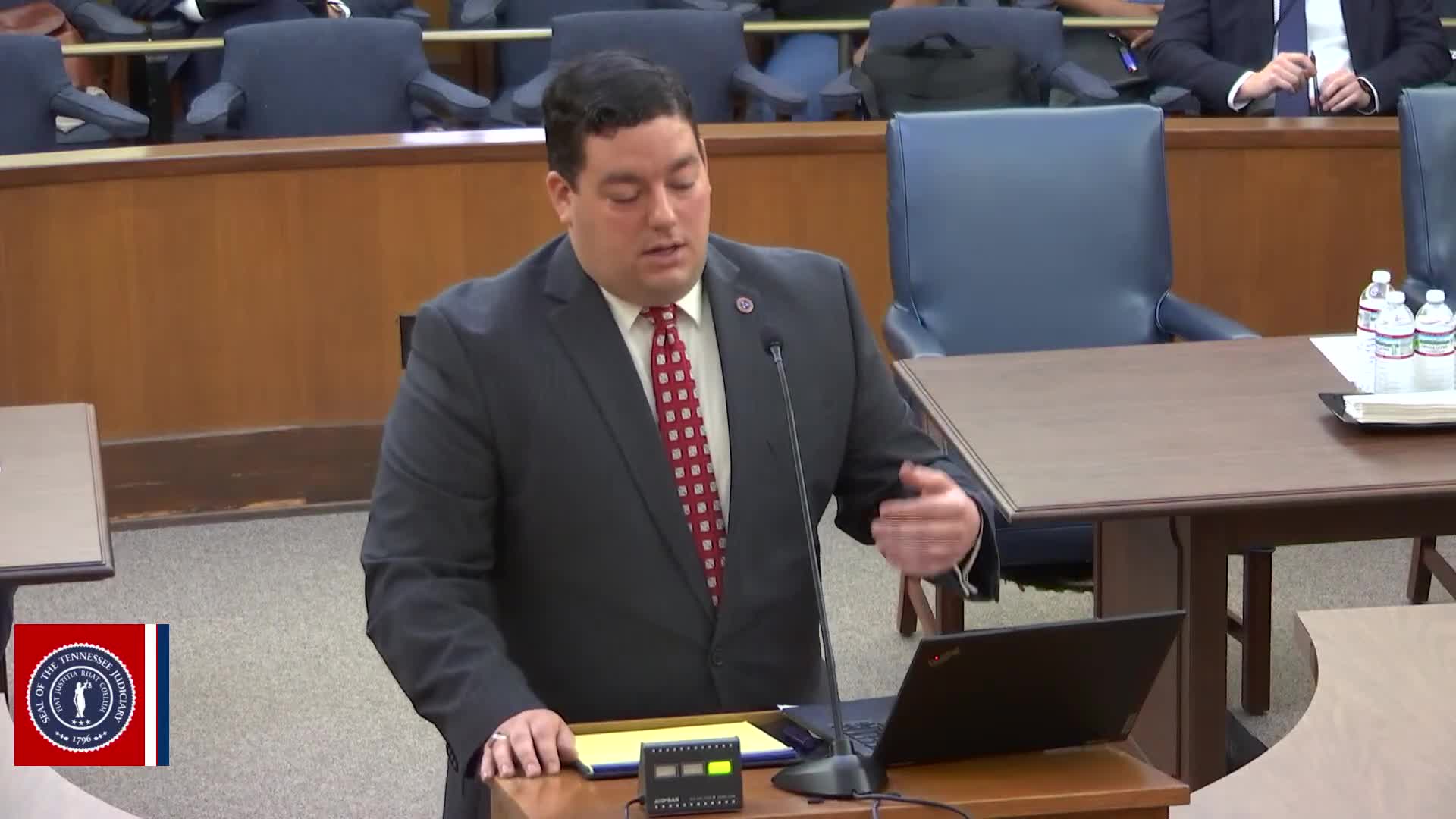Court affirms guilt in shooting case despite defendant's self-defense claims
July 09, 2025 | Judicial, Tennessee
Thanks to Scribe from Workplace AI , all articles about Tennessee are free for you to enjoy throughout 2025!

This article was created by AI using a video recording of the meeting. It summarizes the key points discussed, but for full details and context, please refer to the video of the full meeting. Link to Full Meeting
The court examined the timeline of events leading up to the shooting, with the prosecution asserting that premeditation could occur in an instant. They argued that the jury could reasonably infer that Livingston had formed the intent to kill as soon as the victim exited his vehicle. This assertion was supported by eyewitness accounts and the absence of any credible self-defense claim, which the jury ultimately rejected.
A notable aspect of the proceedings involved the admissibility of an autopsy report. The prosecution contended that the report was waived due to a lack of contemporaneous objection from the defense. They argued that the evidence of the victim's death was sufficiently established through eyewitness testimony, making the autopsy report unnecessary for the jury's determination of guilt.
The defense, however, sought to challenge the admissibility of certain evidence, referencing the Smith v. Arizona case, which addresses hearsay and confrontation rights. They argued that the autopsy report should have been considered under this precedent. The prosecution countered that the report did not meet the criteria for hearsay and that the evidence presented was overwhelmingly sufficient to uphold the jury's verdict.
The court also discussed the relevance of body camera footage from the incident, which the prosecution argued was crucial in demonstrating the scene's context and the defendant's demeanor. The defense's objections to this evidence were deemed insufficient to establish a breach of law or a substantial right.
In conclusion, the court's deliberations underscored the complexities of evidentiary rules and the standards for establishing premeditation in homicide cases. The prosecution's strong case, bolstered by eyewitness accounts and video evidence, positioned them favorably as the court prepares to affirm the jury's verdict. The discussions highlighted the ongoing legal interpretations surrounding self-defense claims and the admissibility of forensic evidence in criminal trials, which will continue to shape future cases in Tennessee.
Converted from State of Tennessee v. Gregory Livingston meeting on July 09, 2025
Link to Full Meeting
Comments
View full meeting
This article is based on a recent meeting—watch the full video and explore the complete transcript for deeper insights into the discussion.
View full meeting